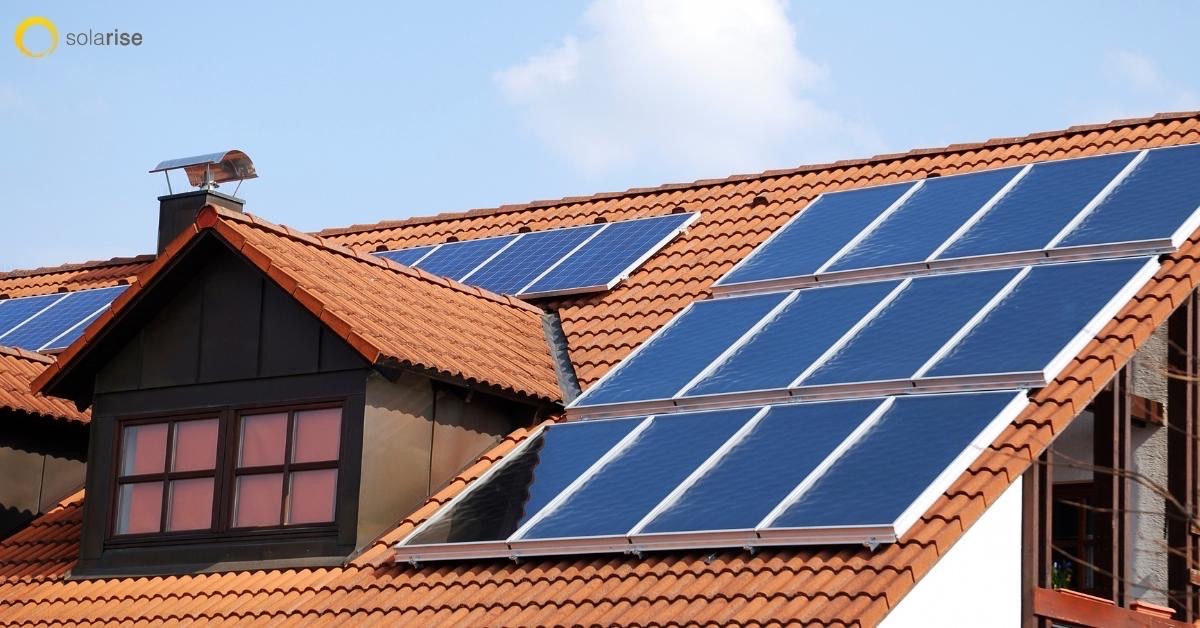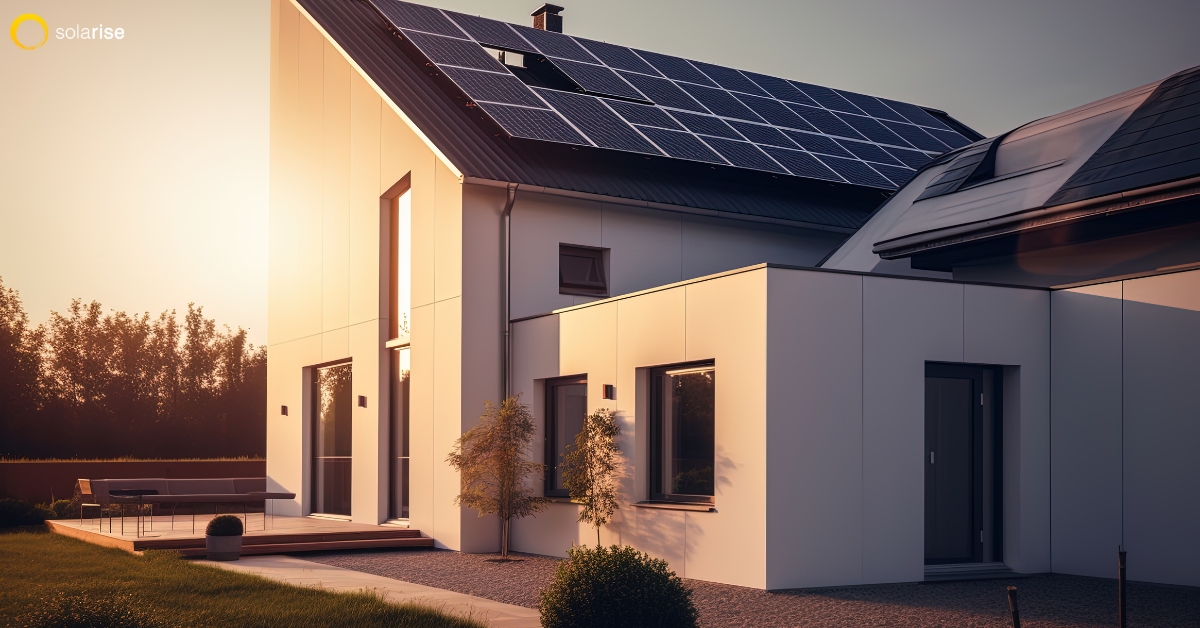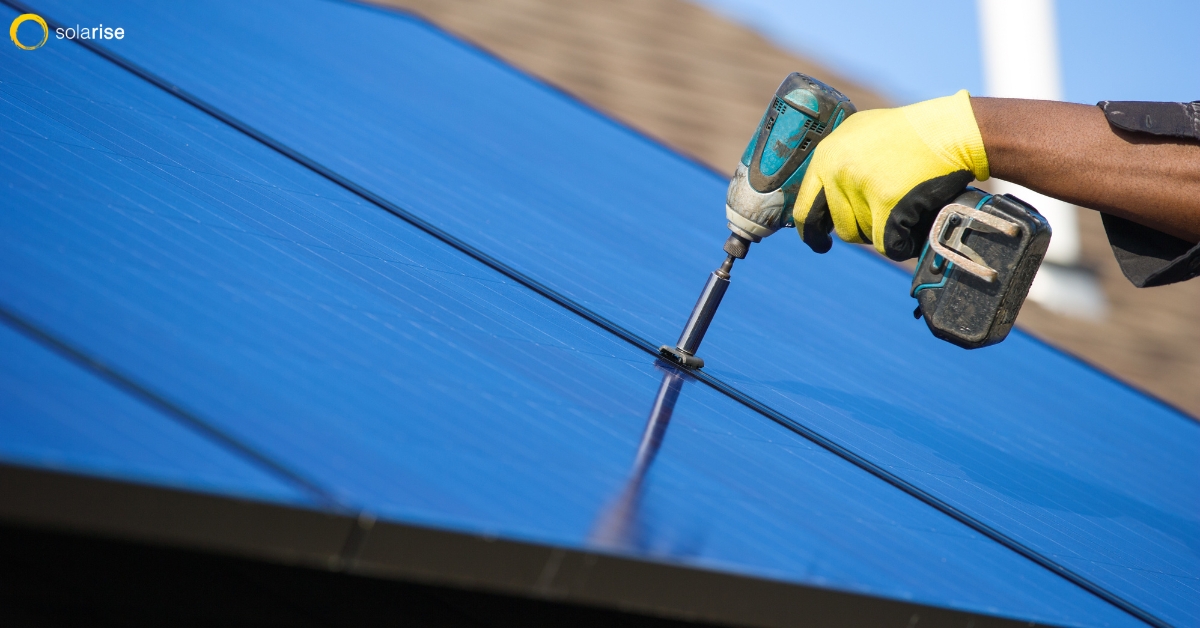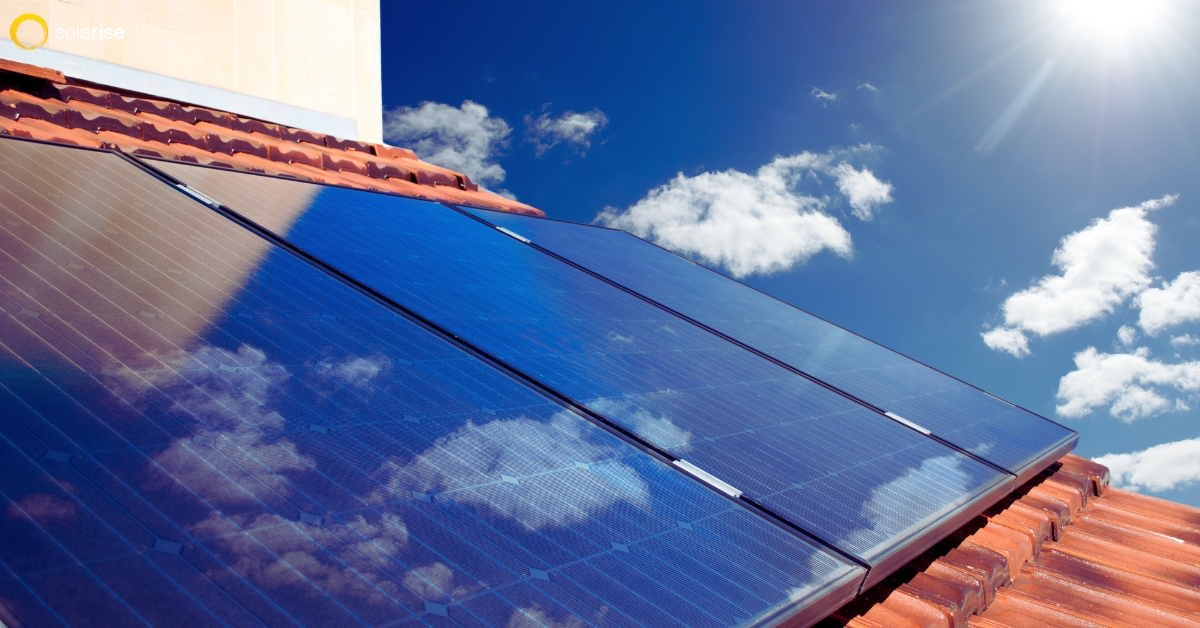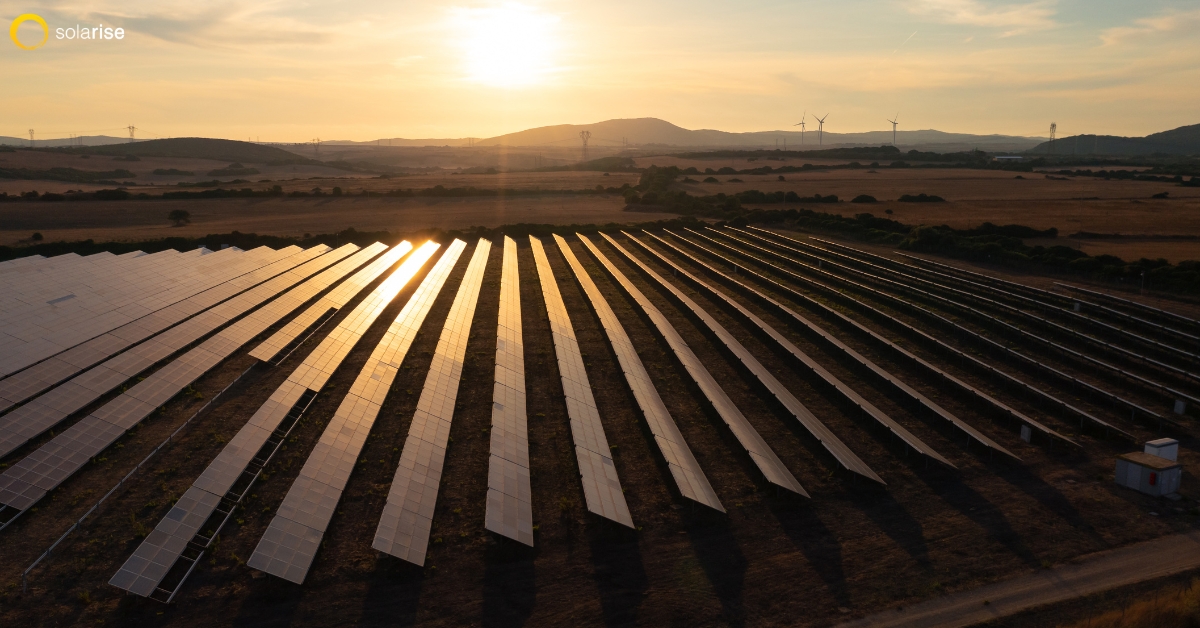In June 2022, President Joe Biden announced a pair of executive actions meant to accelerate U.S. solar installation and shift more solar parts manufacturing from Asia to the United States. One action is designed to remedy the shortage of solar panels currently coming into the U.S., and the second was to increase domestic manufacturing of solar panels. The two orders are expected to bolster solar manufacturing in the U.S. to double the current level and add up to 100 GW of solar generation within the next 10 years compared to projections without the executive actions.
What are the President’s Orders, and Why?
The two Executive Orders issued by Joe Biden a few months ago were partly designed to postpone solar tariffs against Asian companies and accelerate solar energy products in the U.S. The two orders the president signed are the following:
Declaration of Emergency
A U.S. investigation seeks to discover whether Chinese companies used Southeast Asian solar parts manufacturers to avoid anti-dumping tariffs. The case has caused several gigawatts (GW) of solar development projects to be postponed. Concerned overseas manufacturers stopped shipping to the U.S. in early 2022. The potential tariffs would cause solar installations to drop by half. The Biden order delays the start of tariffs for two years to motivate the Asian solar equipment companies to restart their production lines.
Defense Production Act (DPA)
Biden also ordered the Defense Production Act (DPA) to help ensure that the U.S. has sufficient solar equipment manufacturing to supply the demand for solar energy systems after the two-year delay on the tariffs expires. The U.S. government will contract with the makers for quantities of solar panels made with an agreed percentage of materials and labor sourced in the United States.
How Do these Actions Affect Solar Adoption in the U.S.?
Biden’s executive actions will bring many large solar projects that were on hold during the investigation back online. By one estimate, a third to half of the 6 GW of solar projects currently stalled due to the investigation can now be resumed. Per the administration’s strategy, by 2023, U.S. solar manufacturing should increase due to the DPA, which commits the government to buy the manufacturers’ products if conditions are met.
If the investigation determines that Chinese companies are side-stepping tariffs, any new resulting tariffs could take effect in 2024, giving the U.S. makers time to gain the 15 GW of new solar manufacturing capacity needed, or more, by 2024, per Biden's estimate.
How Does the New Order Benefit Homeowners?
Even U.S. solar panel manufacturers use solar cells and wafers made in the countries under investigation. So, with the threat of future tariffs, the U.S companies must retool to begin manufacturing silicon wafers and solar cells themselves or sourcing those parts from domestic suppliers.
In the short term, the conversion will cause price increases by U.S. manufacturers. But, eventually, the increase in U.S. production will offer many substantial benefits to the U.S. in terms of solar industry job creation, U.S. energy security, and building a thriving solar industry.
The Biden administration has committed the federal government to buy 10 GW of solar panels made in the U.S.A in the next 10 years and is urging state and local governments to follow suit. That may ultimately translate into reduced prices if you’re looking to install solar panels for your home at that time.
Timing for Overall Value in Home Solar Panel Investment
It’s important to note here, however, that the amount you can expect to save on solar panels and accompanying equipment at this point is likely to be less than you can save on electricity bills by switching to solar earlier.
That’s because solar panel prices have plummeted year after year over the past two decades as adoption rates have increased. So, prices are already low enough that manufacturers’ profit margins are limited in allowance for deeper price cuts. In other words, the best savings and overall value are likely to be an investment sooner rather than later at this stage of solar development in the United States.
Consumer Solar Costs Offset by Solar Tax Credit Extension
Congress just passed the Inflation Reduction Act (IRA) in August 2022. It extends the federal solar tax credit for homeowners from the current 26% back up to 30%! The Act also provides new federal tax credits for U.S. solar panel manufacturers. But, of course, new mining and manufacturing operations startups are costly, which means solar product pricing will continue to reflect that.
On the other hand, the new domestic solar manufacturing generated by the combined executive actions can be expected to increase the gigawatts of solar energy output in the US. That could contribute to eventually reduced solar prices for consumers.
How Can Solarise Solar Help Me Get the Best Value Now?
A solar engineer from Solarise will assess your property’s appropriateness for solar panel installation and help you determine the practicality of switching to solar panels for home use.
Call Solarise Solar at (719) 315-3034, or contact us here online for solar panels information or to schedule a free home Energy Analysis.
